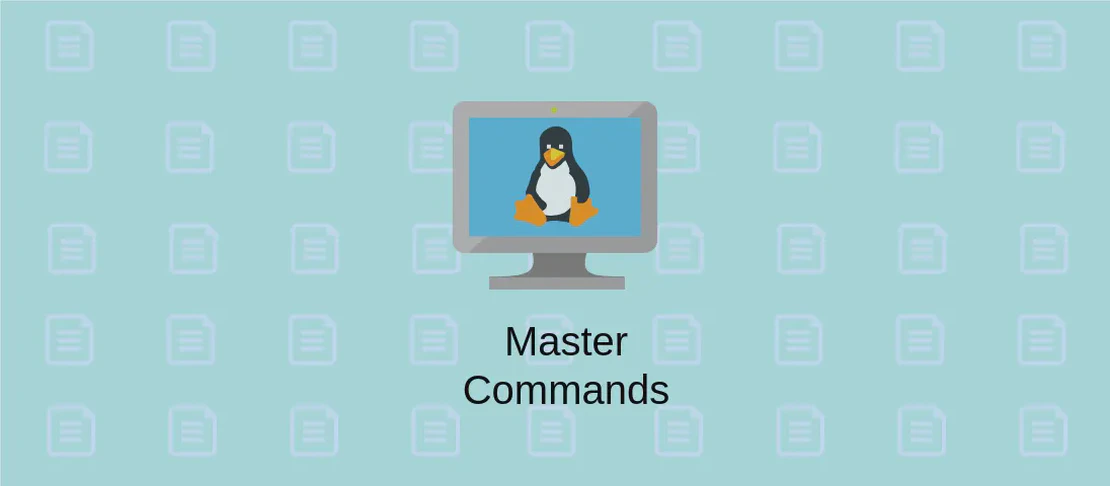
How to Use the Command 'zless' (with Examples)
zless is a command-line utility that allows users to view the contents of compressed files, specifically those that are in gzip or xz format, directly in the terminal. This tool is similar to less, a Unix command that enables users to view but not edit text files. With zless, you can efficiently navigate through compressed text files without needing to decompress them first, which saves both time and disk space.
Use Case 1: Page Through a gzip Compressed File with less
Code:
zless file.txt.gz
Motivation:
In many instances, particularly when working with large text files, they are compressed to conserve disk space and facilitate easier transfer over networks. Viewing these files without decompressing them first can be quite essential, especially for system administrators and developers who want to quickly check the contents of a file without waiting for decompression. The use of zless to view gzip compressed files allows users to process logs, configuration files, or any other text data effectively on the fly. This is especially beneficial in environments where saving time and resources is crucial.
Explanation:
zless: This is the command that invokes thezlessprogram. Its main function is to allow viewing of files compressed withgzipandxzin a manner similar toless.file.txt.gz: This argument specifies the file you want to view. The.gzextension indicates that this file is compressed usinggzip. By appending the filename afterzless, you instruct the program to open and display the content of thisgzipcompressed file without creating a decompressed version on the disk.
Example Output:
When you run the command zless file.txt.gz, a terminal screen similar to the one produced by the less command will appear. You will see the contents of file.txt.gz neatly displayed in pages. You can scroll up and down through it using the arrow keys, page up, and page down keys. At the bottom of the screen, you can see a colon urging you to input further commands, for example, to search for text within the file.
Conclusion:
The zless command is an invaluable tool for professionals who frequently interact with compressed text files. By enabling prompt access to these files without requiring decompression, it aids in maintaining efficiency and streamlining the process of log file analysis, configuration review, or any operation that involves scrutinizing large amounts of textual data in compressed formats.

